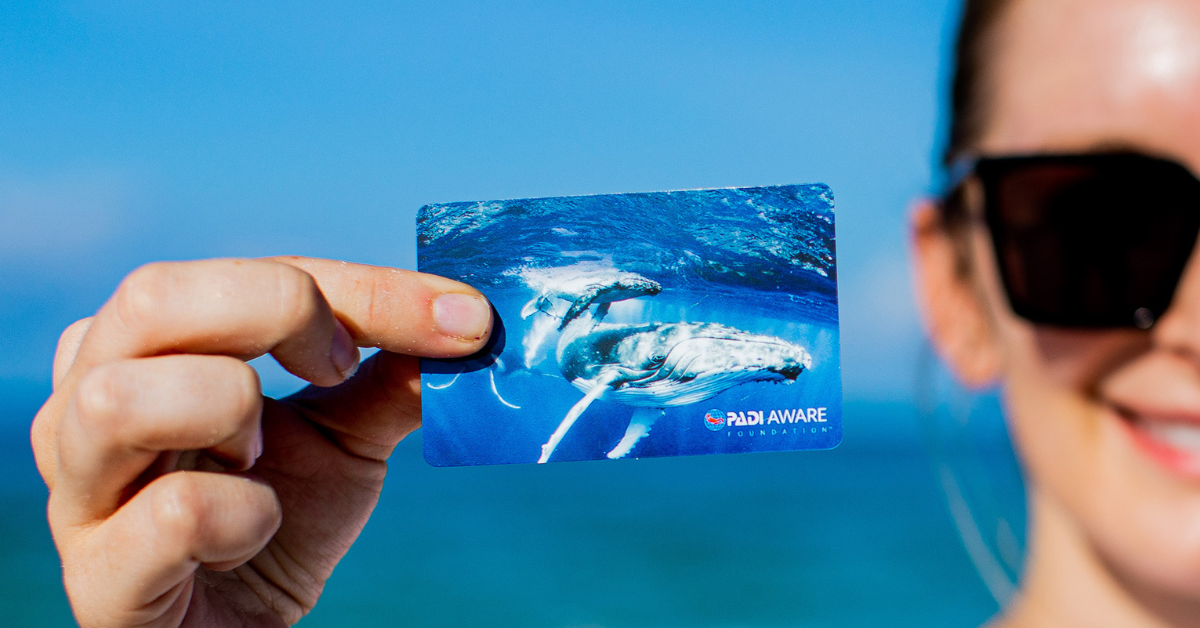Do you know the number one rule of scuba diving? Never hold your breath! This isn’t a PADI certification rule; it’s a safety guideline every diver should follow.
What is rule number two? For me personally, it’s: anyone can call off the dive at any time for any reason. I apply this rule to non-diving situations as well, from hiking adventures to a night out at the bar.
Arguably, dive within the limits of your training and experience could be a good rule number two – but differing levels of training and experience are what make hard and fast rules about scuba diving hard to define.
Here are a few questions about PADI certification rules we hear a lot:
If you’ve just earned your first PADI certification (Open Water Diver), you’re trained to dive to a maximum depth of 18 meters/60 feet, or to the depths that you reached during your training dives, if shallower. To dive deeper, you should take the Advanced Open Water Diver and/or the Deep Diver Specialty courses. If you want to exceed the recreational limit of 40 meters/130 feet, there are PADI certifications for that too: the PADI TecRec courses.
There is one caveat to all of the above. If a local law says you can’t dive below 30 meters/100 feet, such as in the Maldives, that’s the rule every diver must follow. Local regulations supersede certifications. Similarly, if a dive boat says you can’t dive below a certain depth, it’s important to respect their rules.
Here’s some more information about deep diving:
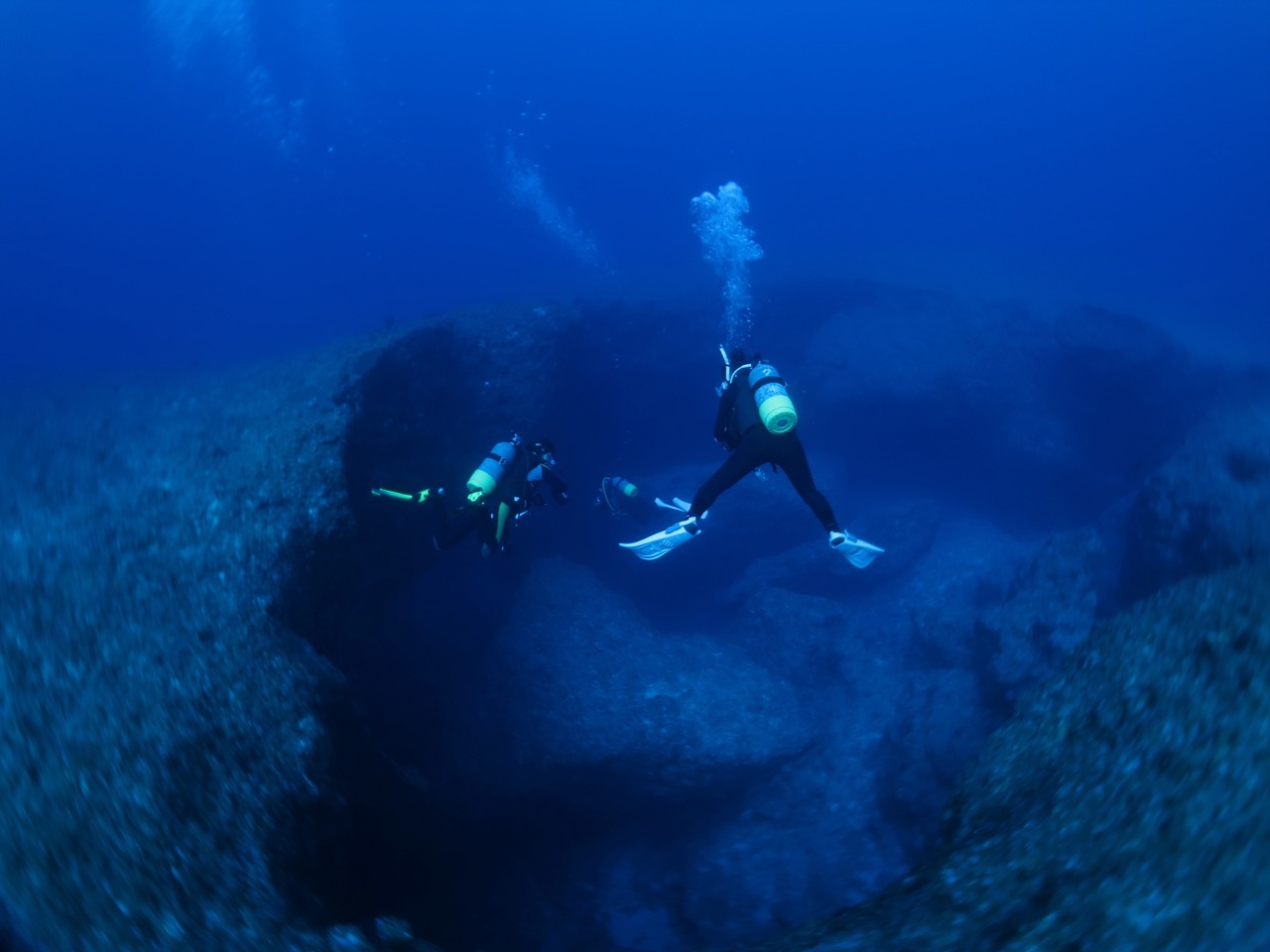
It is dangerous to dive alone without proper training. Solo diving is also against the law in some areas, and many dive operations forbid it.
Only divers with specific training, such as those with a PADI Self-Reliant Diver certification, should consider diving alone. The Self-Reliant Diver Specialty course teaches safety procedures and considerations for managing the risk of diving alone and how to plan and equip yourself for self-redundancy. Even with proper training, local laws or dive operator policies, take precedence over what a certification card may say you can do.
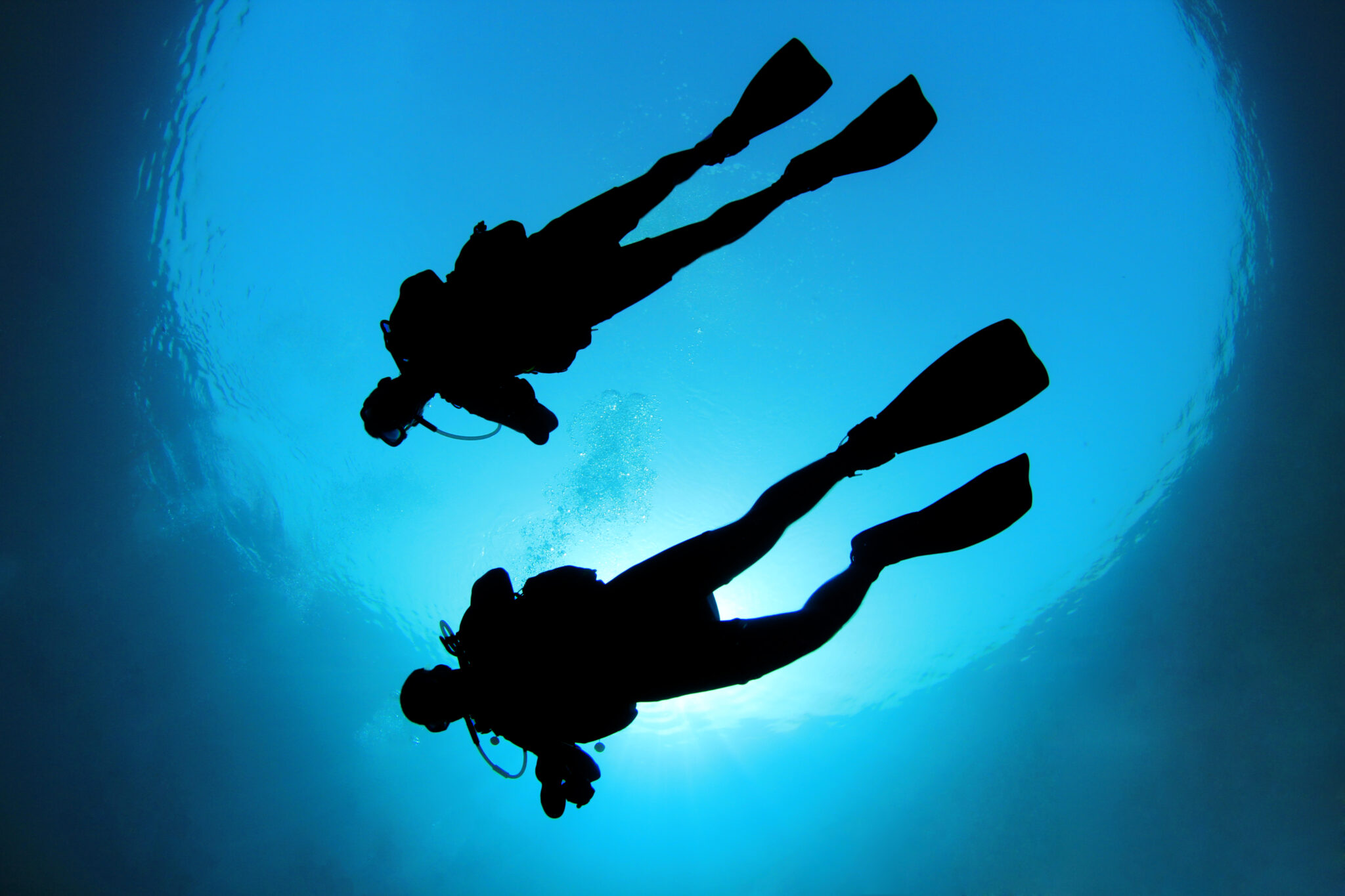
Yes, you can. It’s called a Discover Scuba Diving® experience (often shortened to DSD®). A DSD is the perfect way to try scuba diving and find out if you like it. Contact a PADI Dive Shop, Resort or Instructor for more information, or read this article about scuba diving without a certification.
You’ll make at least four dives as part of your PADI Open Water Diver training. Click here to learn more about what to expect during your Open Water Diver training dives.
If you’re diving with one of the 6600+ PADI Dive Shops worldwide, they can look up your certification online as long as there’s an internet connection. Dive centers, resorts and liveaboard boats that aren’t affiliated with PADI won’t be able to look up your certification.
Most divers carry both an electronic and plastic version of their certification card so they don’t have to worry about missing a dive. Browse current PADI certification card options here. Remember, you can view your eCards in the PADI app or by logging in to your PADI eLearning account and viewing Certifications & Credentials under My Profile.
The short answer is: no, they don’t expire. A PADI certification is valid for life. But, if you haven’t been diving in a while, reviewing your knowledge and skills is always a good idea.
Unfortunately, there isn’t a specific rule for how much time can elapse before you need to refresh your skills beyond a general rule that if it’s been longer than six months then do one. Therefore, someone with only a few dives under their belt who hasn’t been diving in a year or more should definitely enroll in a scuba refresher program. But a scuba instructor who doesn’t dive for a year probably doesn’t need a refresher, because they know their scuba skills upside down and backward.
PADI ReActivate® is a good option if you’re unsure. It’s designed so you can quickly move through material you know well, and spend more time on things you may be unsure of. Plus, the eLearning program is free with a PADI Club membership.

Between the ages of 10 and 15, kids can earn a Junior Open Water Diver certification. The program covers the same material as the standard Open Water Diver course but with depth restrictions and reduced student-to-instructor ratios.
Once certified, Jr. Open Water Divers must dive with a PADI Professional or a certified parent or guardian depending on their age, and dives cannot exceed 12 meters/40 feet (ages 10-11) or 18 meters/60 feet (ages 12-14). Learn more about the PADI Junior Open Water Diver course.
There are also a range of other PADI programs available to youngsters. The minimum age requirements vary:
Two of PADI’s Mermaid courses are open to kids as young as six Aspiring divers eight and up can try scuba diving in a pool or pool-like environment with the PADI Bubblemaker and Seal Team programs.Read this article for a list of the minimum ages for different PADI Programs.
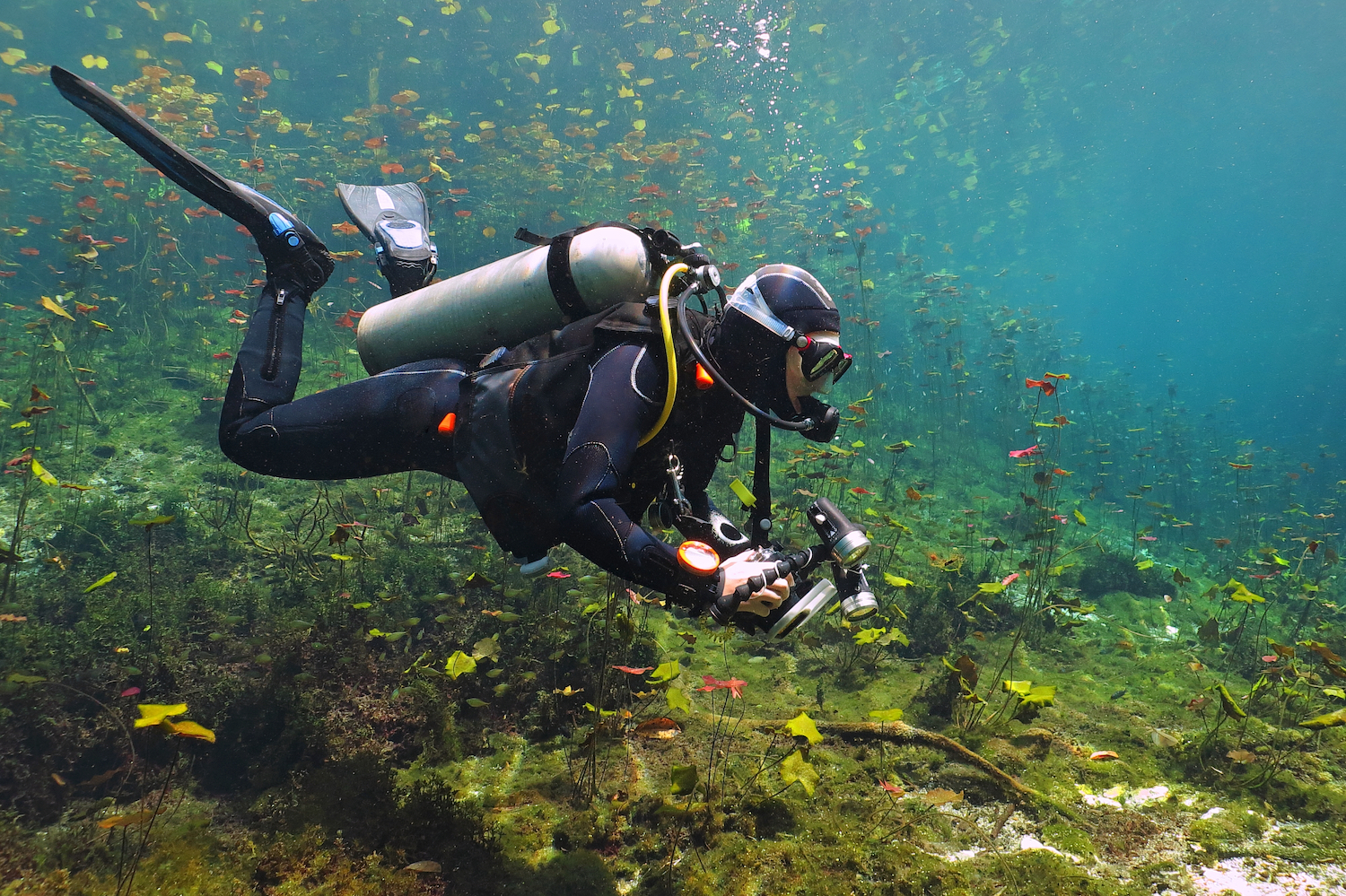
There’s one important rule we haven’t talked about: respect for marine life and the environment. Some phrase it as, “Take only pictures, leave only bubbles.” Others may say, “Do no harm, leave no trace.” Regardless of how you put it, every diver must remember they are merely visitors to the underwater world and show the utmost respect.
There are also a few safety rules every diver should follow. These aren’t PADI certification rules (although you will learn to do them in PADI courses); they are general dive safety rules based on years of research:
Do a buddy check before every dive Always make a 3-minute (minimum) safety stop Don’t exceed a safe ascent rate Follow DAN’s guidelines about flying after divingIf you don’t remember what BWRAF stands for, the depth for a safety stop or what a safe ascent rate is, it might be time for a scuba refresher.
REFRESH YOUR Scuba KNOWLEDGE & SKILLS
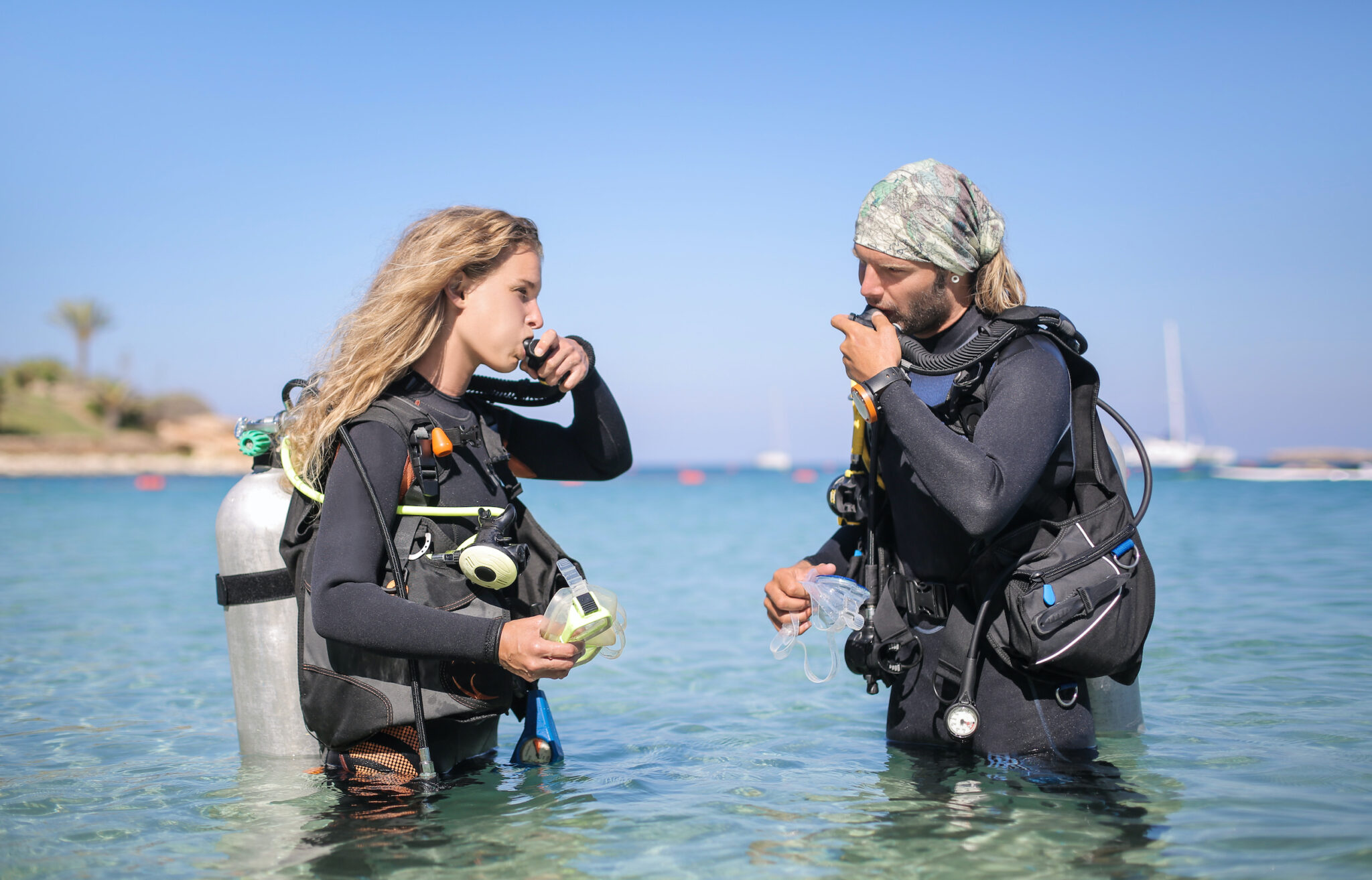
Share This
